In an era where environmental sustainability has become a major concern, understanding and mitigating the carbon footprint of industries and infrastructure is crucial. Two vital components of our infrastructure that often go unnoticed in this conversation are wastewater treatment plants and electrical substations.
Unveiling the hidden burden of these facilities and utilizing embedded carbon calculations are essential steps toward achieving a more sustainable future.
In this post, we will explore the intricacies of calculating the embodied carbon footprint of wastewater treatment plants and electrical substations and highlight key factors and methodologies. We will also delve into how to successfully leverage the power of generative AI, Transcend Design Generator, to design more carbon-neutral facilities.
Defining the Embedded Carbon Footprint
What is the Embedded or Embodied Carbon Footprint?
The embedded carbon or embodied carbon footprint refers to the total amount of greenhouse gas emissions associated with certain stages of the lifecycle of a specific product, process, or facility. In the context of wastewater treatment plants and electrical substations, it encompasses the carbon dioxide emissions resulting from their construction, maintenance, and disposal.
Calculating the embodied carbon footprint provides a comprehensive understanding of the environmental impact these facilities have on the planet. Once this is done, you can then evaluate, design and test different alternatives for your facilities with the help of Transcend Design Generator. Whether implementing different smart technology or utilizing different processes, TDG allows you to optimize your facility’s carbon footprint and other sustainability metrics during the capital planning stage. Hence, TDG saves you time, money, and resources while helping you achieve carbon neutrality.
Key Factors Influencing the Embedded Carbon Footprint
Several factors or stages of the lifecycle significantly influence embodied carbon emissions of wastewater treatment plants and electrical substations. Understanding these stages is essential for accurate carbon footprint calculations:
1. Equipment and Infrastructure
The equipment and infrastructure used in wastewater treatment plants and electrical substations play a crucial role in determining their embedded carbon footprint. The manufacturing and installation of equipment and building materials, such as pumps, valves, motors, transformers, and control systems, contribute to carbon emissions. Additionally, the choice of materials used in the construction of infrastructure, such as concrete, steel, and piping, also affects the embodied carbon.
To optimize this stage of the lifecycle and reduce carbon emissions, the Transcend Design Generator can analyze different equipment options, materials, and construction techniques to suggest more sustainable alternatives.
2. Transportation and Logistics
The transportation and logistics involved in constructing, operating, and maintaining wastewater treatment plants and electrical substations are key factors influencing their embodied carbon footprint. The delivery of equipment and materials to the construction site, as well as the transportation of workers and maintenance personnel, contribute to carbon emissions.
By integrating the Transcend Design Generator into the capital planning process, you can optimize the logistics and transportation aspects of your project. TDG can analyze various factors, such as energy-efficient logistics strategies, to reduce carbon-intensive activities and minimize the overall embodied carbon footprint.
3. Waste Generation and Disposal
The construction and operation of these facilities generate various types of waste, including construction debris, hazardous materials, and byproducts from treatment processes. Proper waste management and disposal methods can significantly reduce the environmental impact.
Transcend Design Generator can assist in identifying waste reduction strategies, recycling opportunities, and sustainable waste management practices. By incorporating TDG’s insights, designers and operators can effectively minimize waste generation and select environmentally friendly disposal methods, thereby reducing the embodied carbon footprint of these facilities.
Carbon Footprint Calculation Basics
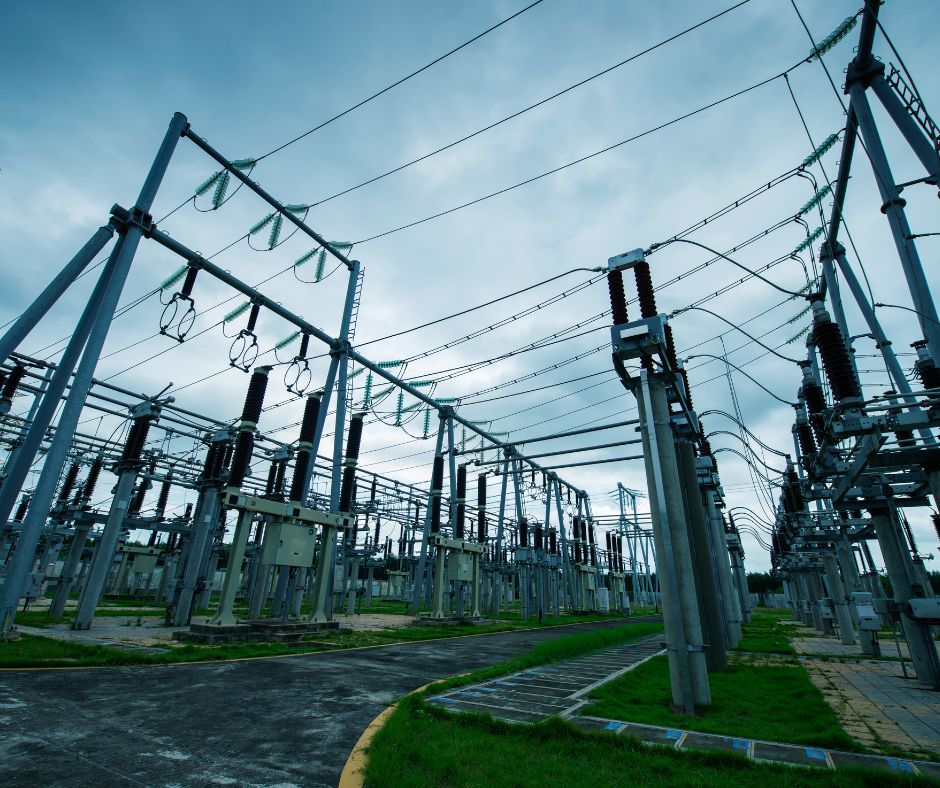
Accurately calculating the embedded carbon footprint of wastewater treatment plants and electrical substations requires a robust methodology. The calculation methodology typically follows internationally recognized standards such as the Greenhouse Gas Protocol or ISO 14064. These standards provide guidelines for identifying emissions sources, setting boundaries, and using appropriate emission factors.
Scope and Boundaries of Calculation
Defining the scope and boundaries of the carbon footprint calculation is crucial for accurate results.
For wastewater treatment plants, this may include emissions along the life cycle stages: construction with various building materials, equipment, transportation, and waste disposal.
Similarly, electrical substations would consider emissions from equipment, transportation, and waste disposal.
Clearly defining the scope ensures a comprehensive assessment of the carbon footprint.
Gathering Accurate Data
Accurate data collection is the foundation of precise carbon footprint calculations. Gathering data on equipment specifications, transportation distances, waste generation, and disposal practices is essential.
Collaborating with industry experts, engaging with suppliers and construction materials manufacturers, and leveraging available databases can help ensure data accuracy.
Accurate primary and secondary data collection is necessary for developing accurate design iterations using Transcend Design Generator.
Evaluating Equipment and Infrastructure
Impact of Equipment and Structural Systems on Carbon Footprint in Wastewater Treatment Plants
The construction, installation, and maintenance of equipment and infrastructure contribute to the carbon footprint of wastewater treatment plants. Assessing the emissions associated with construction material and equipment manufacturing, transportation, and installation helps identify carbon hotspots.
Analyzing Equipment and Structural Systems in Electrical Substations
Equipment and infrastructure in electrical substations play a vital role in their carbon footprint. Assessing the emissions associated with manufacturing, transportation, installation, and maintenance of equipment is crucial. Utilizing energy-efficient technologies, optimizing equipment design, incentivizing construction materials manufacturers, and adopting environmentally conscious practices can help minimize the carbon footprint of electrical substations.
During the equipment, structural systems, and infrastructure stage of wastewater treatment plants (WWTPs) and electrical substations, the integration of the Transcend Design Generator and the Embodied Carbon in Construction Calculator (EC3) offers tremendous benefits.
The Transcend Design Generator generates sustainable design options based on user-defined parameters, allowing project teams to explore alternative solutions with reduced environmental impacts, and includes an automated embedded carbon calculation into the design package.
By incorporating Embodied Carbon in Construction Calculator into the decision-making process, project teams can assess the embodied carbon emissions associated with different materials and components. This empowers them to make informed choices by prioritizing low-carbon alternatives, optimizing equipment selection according to the set carbon limits, identifying sustainable structural systems and infrastructure materials, and adhering to green building certification programs.
The combined use of the Transcend Design Generator and the Embodied Carbon in Construction Calculator facilitates a holistic approach to minimizing the carbon footprint of WWTPs and electrical substations, leading to more sustainable and environmentally conscious construction practices.
Assessing Transportation and Logistics
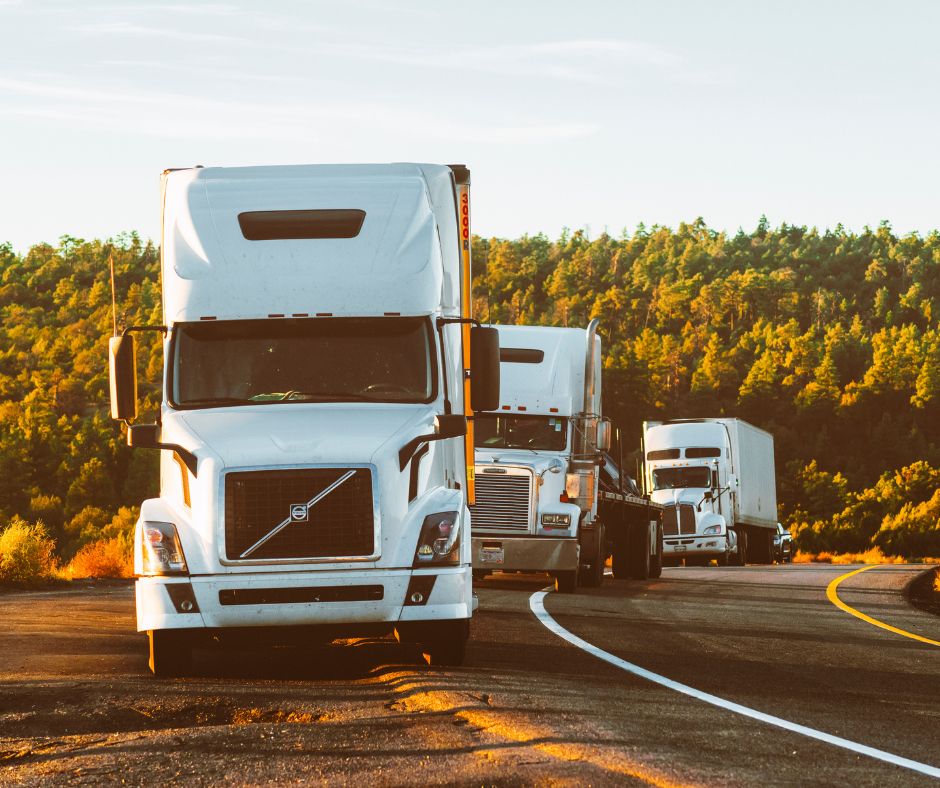
Evaluating Transportation and Logistics-Related Emissions in Wastewater Treatment Plants
Assessing transportation-related emissions involves quantifying fuel consumption, vehicle types, and transportation distances. Promoting local sourcing, optimizing transportation routes, and employing fuel-efficient vehicles can help reduce emissions in this aspect.
Analyzing Transportation and Logistics-Related Emissions in Electrical Substations
Transportation and logistics associated with electrical substations include the delivery of equipment, components, and maintenance materials. Evaluating transportation-related emissions requires considering fuel consumption, vehicle types, and transportation distances. Implementing efficient supply chain management, consolidating shipments, and prioritizing sustainable transportation modes can mitigate emissions in this area.
By integrating the Transcend Design Generator into the planning process, you can optimize the logistics and transportation aspects of your project. TDG can analyze various factors, such as energy-efficient logistics strategies, to reduce carbon-intensive activities and minimize the overall embodied carbon footprint. For example, TDG can help identify opportunities for sourcing materials locally and reducing transportation distances and emissions for a more environmentally friendly operation.
Incorporating Waste Generation and Disposal
Impact of Waste Generation and Disposal on Carbon Footprint in Wastewater Treatment Plants
Wastewater treatment plants generate waste, such as sludge, during the treatment process. Proper waste management practices are essential to minimize the carbon footprint. Upgrading your wastewater treatment plant and implementing a gray water reuse ecosystem model and utilizing anaerobic digestion for sludge treatment can reduce waste generation and subsequent emissions.
Analyzing Waste Generation and Disposal in Electrical Substations
Electrical substations produce waste during operation, maintenance, and decommissioning. Proper disposal of electronic waste is crucial to reduce the carbon footprint. Implementing recycling programs, adhering to environmentally friendly disposal practices, and promoting circular economy principles aid in minimizing waste generation and emissions.
Transcend Design Generator can aid in identifying waste reduction strategies, recycling opportunities, and sustainable waste management practices. By incorporating TDG’s insights, designers and operators can effectively minimize waste generation and select environmentally friendly disposal methods, thereby reducing the embodied carbon footprint of these facilities.
Case Studies: Successful Carbon Footprint Reduction Initiatives
Highlighting Successful Carbon Footprint Reduction Initiatives in Wastewater Treatment Plants
A groundbreaking case study in sustainable wastewater treatment showcases the transformative partnership between Elemental Excelerator, Transcend, and Microvi. Elemental Excelerator’s funding and support enabled the collaboration of Transcend’s fully automated wastewater treatment design software with Microvi’s proprietary green wastewater treatment technology.
The problem addressed was the alarming fact that over 80% of the world’s wastewater is discharged without proper treatment, posing risks to human health and ecological balance. By leveraging Transcend’s software, Microvi achieved remarkable results, reducing the time and effort associated with preliminary design by a factor of 10, and reducing the carbon footprint of these facilities at the same time.
This breakthrough technology allowed Microvi to allocate valuable engineering hours to application and product development, significantly enhancing efficiency and cost-effectiveness.
Carbon Offsetting and Compensation Options
Understanding Carbon Offsetting and Compensation Mechanisms
Carbon offsetting and compensation mechanisms offer opportunities to mitigate the residual carbon footprint of wastewater treatment plants and electrical substations. These mechanisms involve investing in projects or activities that reduce or remove greenhouse gas emissions elsewhere.
Examples include supporting reforestation initiatives, renewable energy projects, or methane capture projects. By participating in carbon offset programs, facilities can take responsibility for their remaining emissions and contribute to global emission reduction efforts.
Several organizations such as the United Nations Carbon Offset Platform offer carbon offset programs specifically designed for industrial sectors, including wastewater treatment plants and electrical substations. Engaging with certified offset providers, understanding project eligibility criteria, and selecting projects aligned with environmental goals can help facilities participate in effective carbon offset programs.
Real-world Challenges and Limitations

Addressing Challenges and Limitations in Carbon Footprint Calculation
The calculation of the operational and embedded carbon footprint of wastewater treatment plants and electrical substations may face challenges and limitations.
These challenges include data availability, data accuracy, data quality, and varying methodologies. Overcoming these challenges requires close collaboration with industry experts, data providers, and research institutions.
Standardizing methodologies and continuous improvement of emission factors contribute to more accurate and reliable calculations.
Overcoming Hurdles in Implementing Carbon Footprint Reduction Strategies
Overcoming these hurdles requires a combination of innovation, strategic planning, and collaboration. Governments, industry associations, and technology providers play a critical role in facilitating the adoption of sustainable practices and providing necessary support.
Transcend Design Generator is instrumental in overcoming these hurdles by offering innovative and cost-effective design solutions. It generates alternative designs and scenarios that optimize the carbon footprint of wastewater treatment plants and electrical substations while considering financial constraints. By utilizing TDG’s capabilities, project teams can identify feasible technologies and strategies that align with their budget and technological limitations.
Future Prospects: Advancements in Green Technologies
Exploring Cutting-edge Technologies for Sustainable Wastewater Treatment
Advancements in green technologies offer promising opportunities for sustainable wastewater treatment. Innovative approaches, such as new beverage wastewater treatment techniques via an anaerobic sludge system and waste recycling technologies of carbon-rich substances through biomass pyrolysis, are gaining traction.
Investing in research and development, fostering collaboration between academia and industry, and embracing generative design AI tools such as Transcend Design Generator contribute to a greener and more efficient future for wastewater treatment.
Unveiling Green Innovations in Electrical Substations
The field of electrical substations is witnessing exciting green innovations. These include smart grid technologies, energy storage systems, grid optimization solutions, and digitalization. Embracing these innovations enables substations to enhance energy efficiency, integrate renewable energy sources, and reduce their overall carbon footprint. Continuous research, testing, and adoption of green innovations are essential for sustainable electricity infrastructure.
Conclusion
Understanding the operational and embedded carbon footprint of wastewater treatment plants and electrical substations is crucial for addressing their environmental impact. By quantifying emissions with a life cycle assessment, facilities can identify areas for improvement and implement targeted strategies to reduce their carbon footprint.
By leveraging generative design tools like Transcend Design Generator, you can optimize designs, materials, and logistics to minimize the embodied carbon footprint.
To learn more about how you can be at the forefront of the transformative journey towards sustainable practices in wastewater treatment plants and electrical substations, explore the Transcend Design Generator. Discover how this innovative software can empower you to optimize designs and reduce the carbon footprint in your projects.


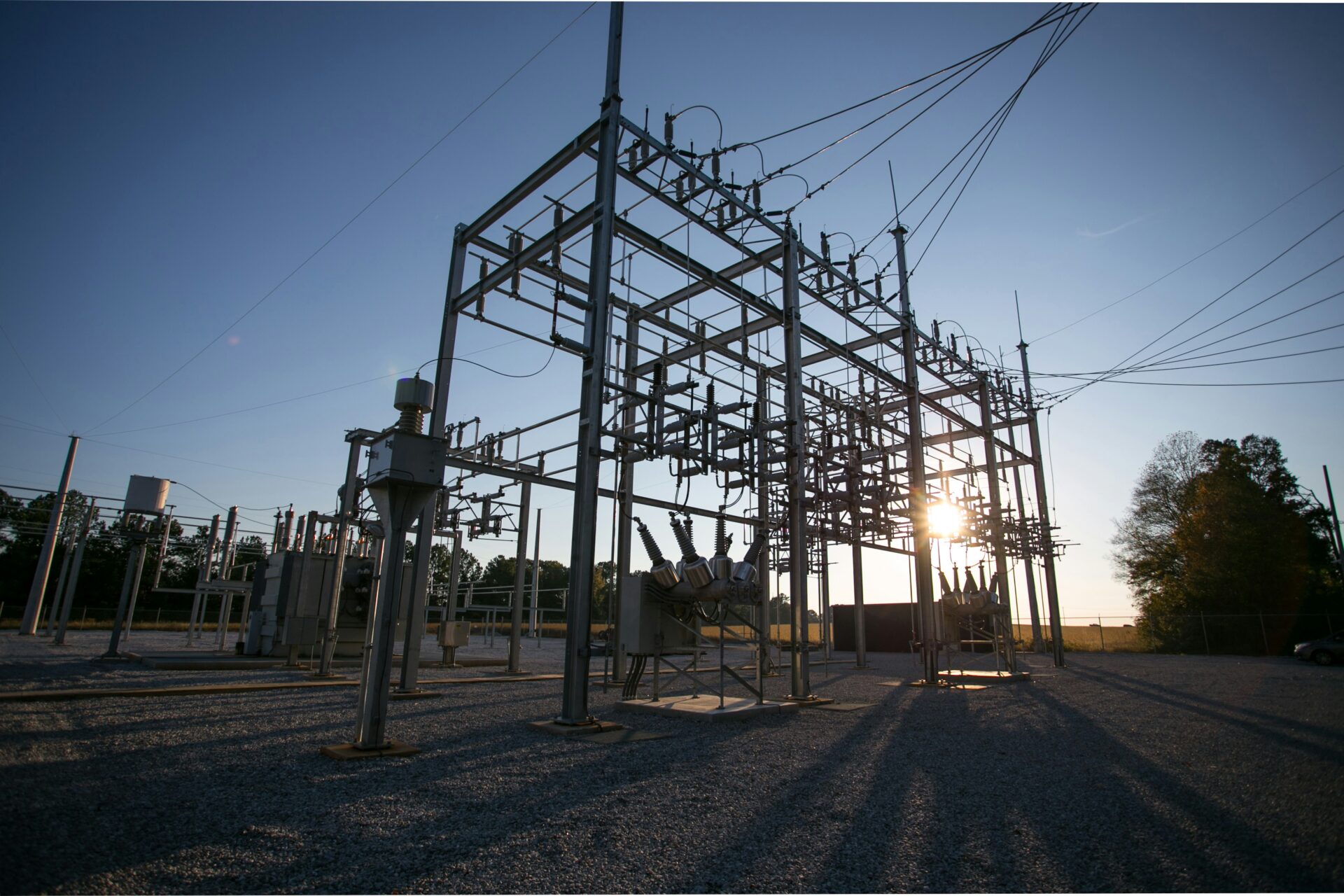
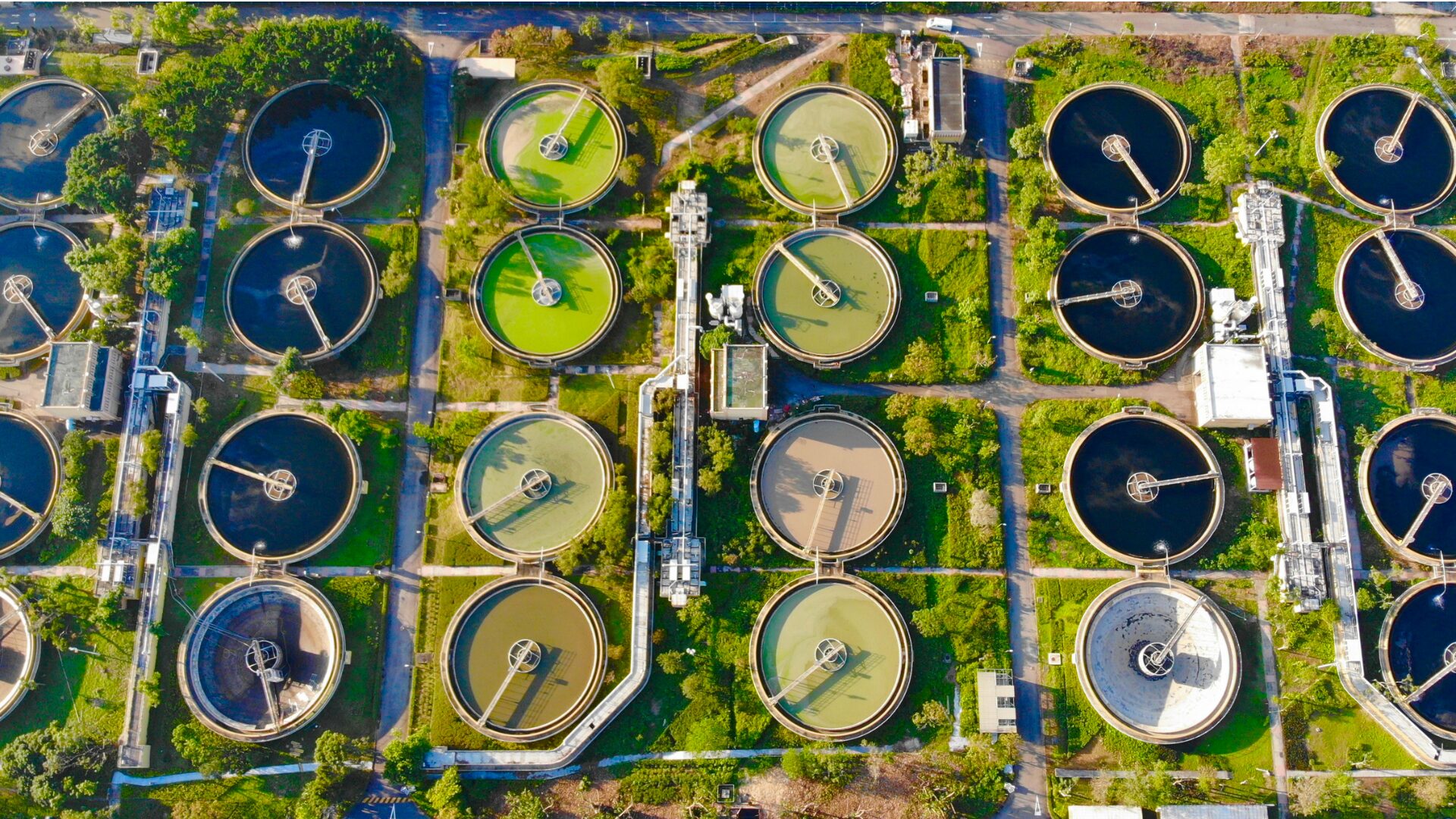

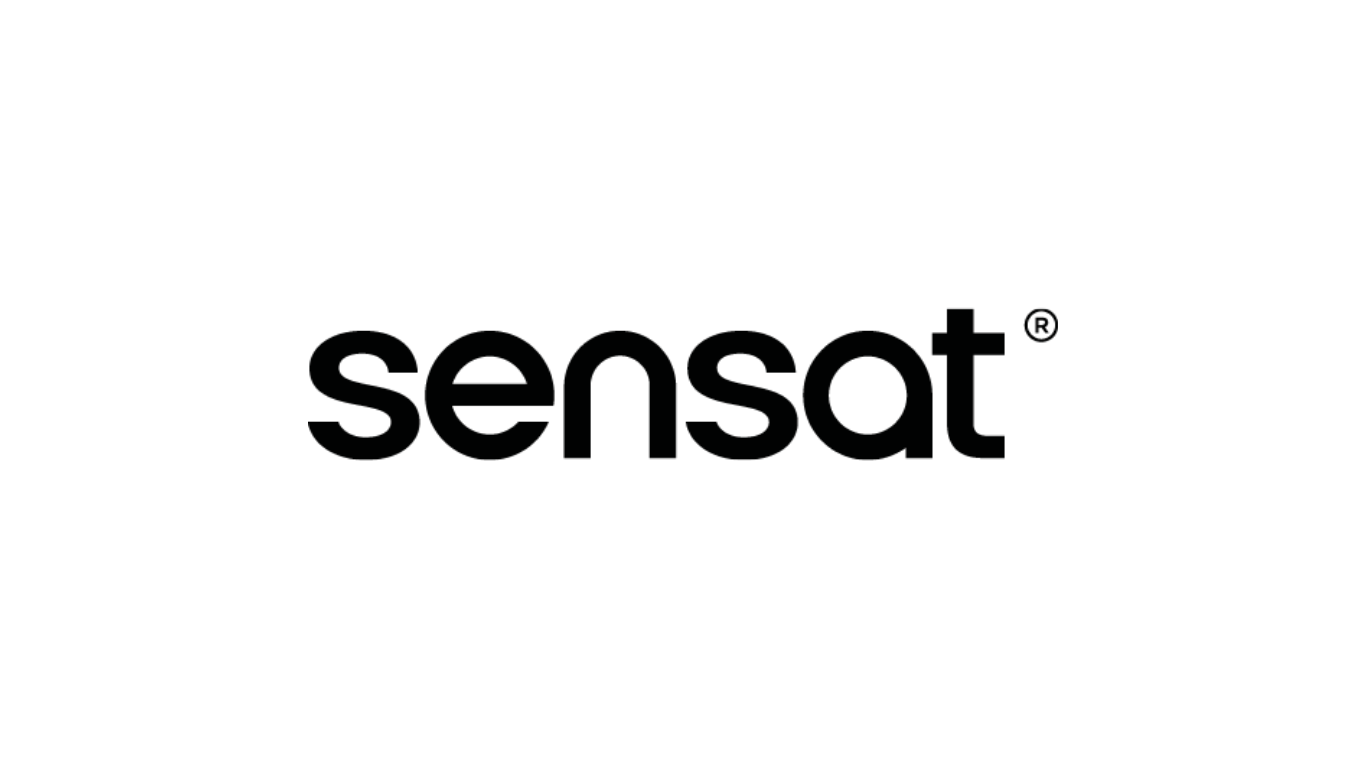

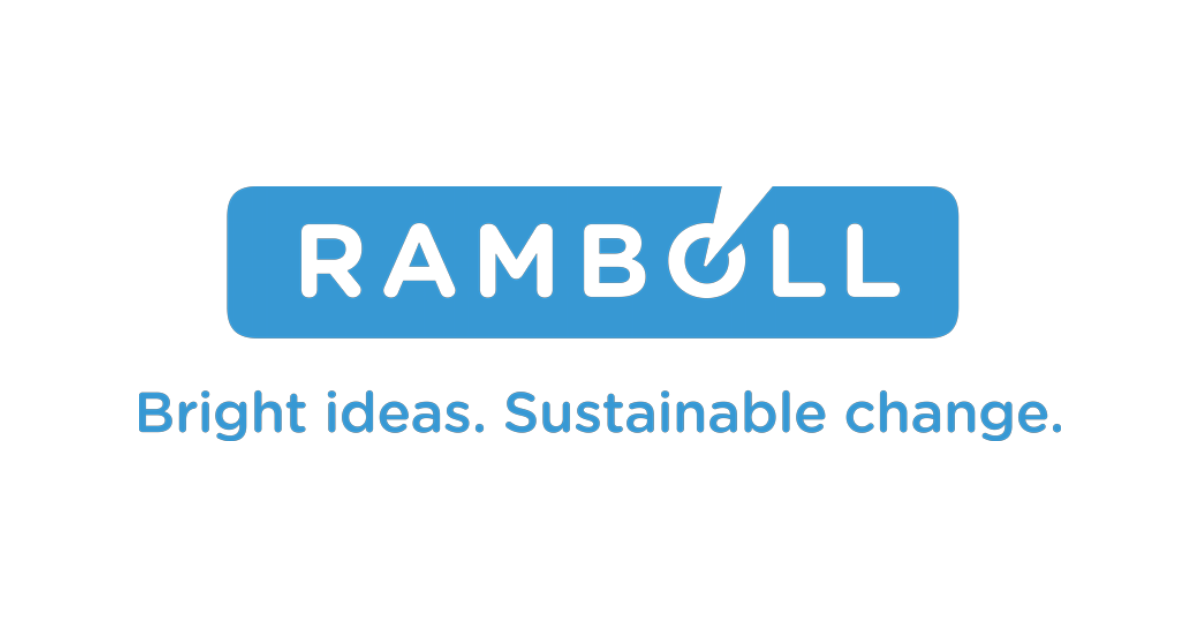
 WWTP Design
WWTP Design  Substation Design
Substation Design  Utility Interconnection Hub
Utility Interconnection Hub  White Label Proposal Generator
White Label Proposal Generator  PFAS Feasibility Study
PFAS Feasibility Study  Booster Station Design
Booster Station Design  Value Discovery Program
Value Discovery Program